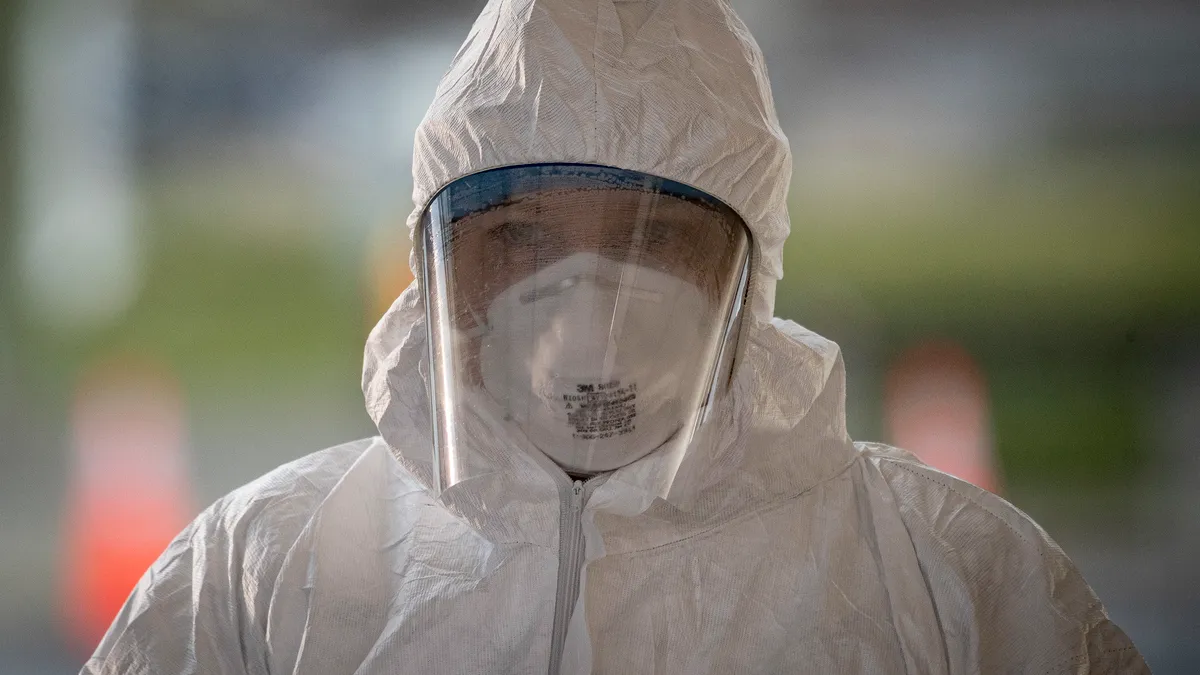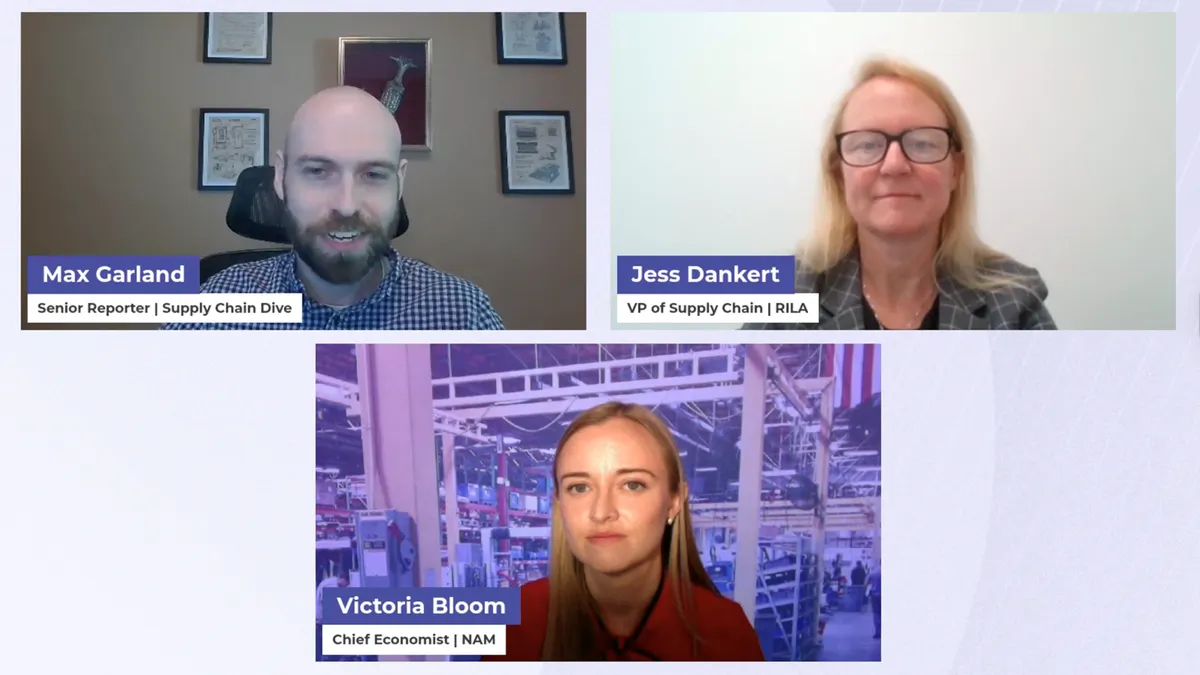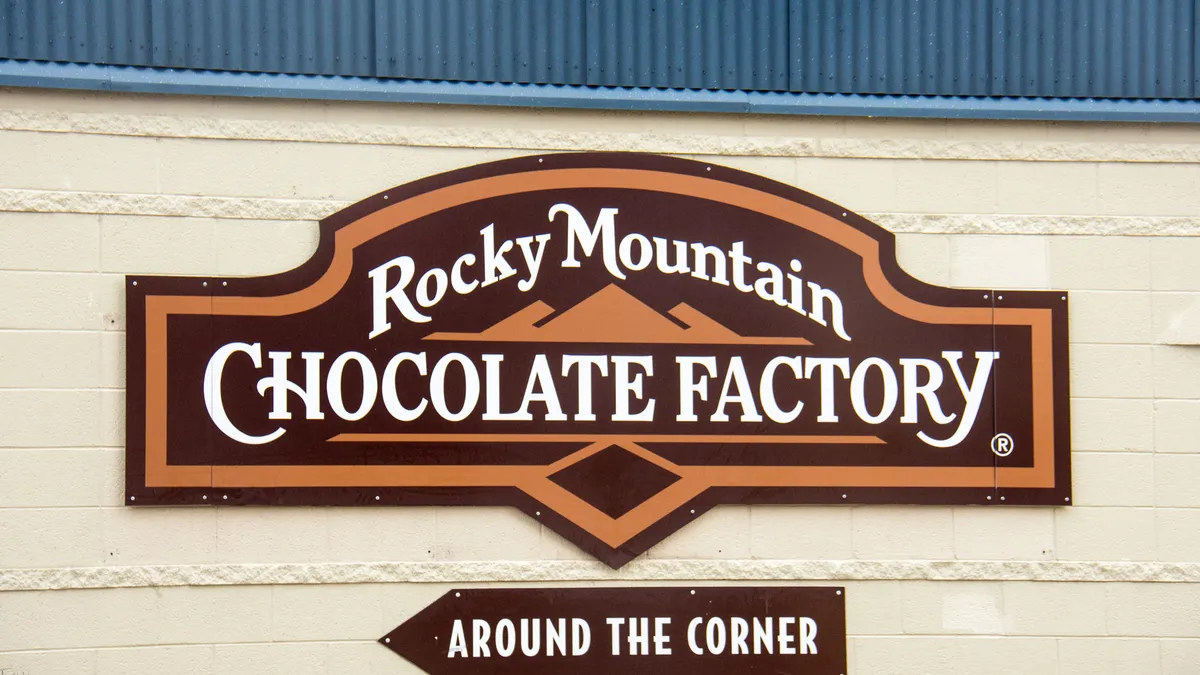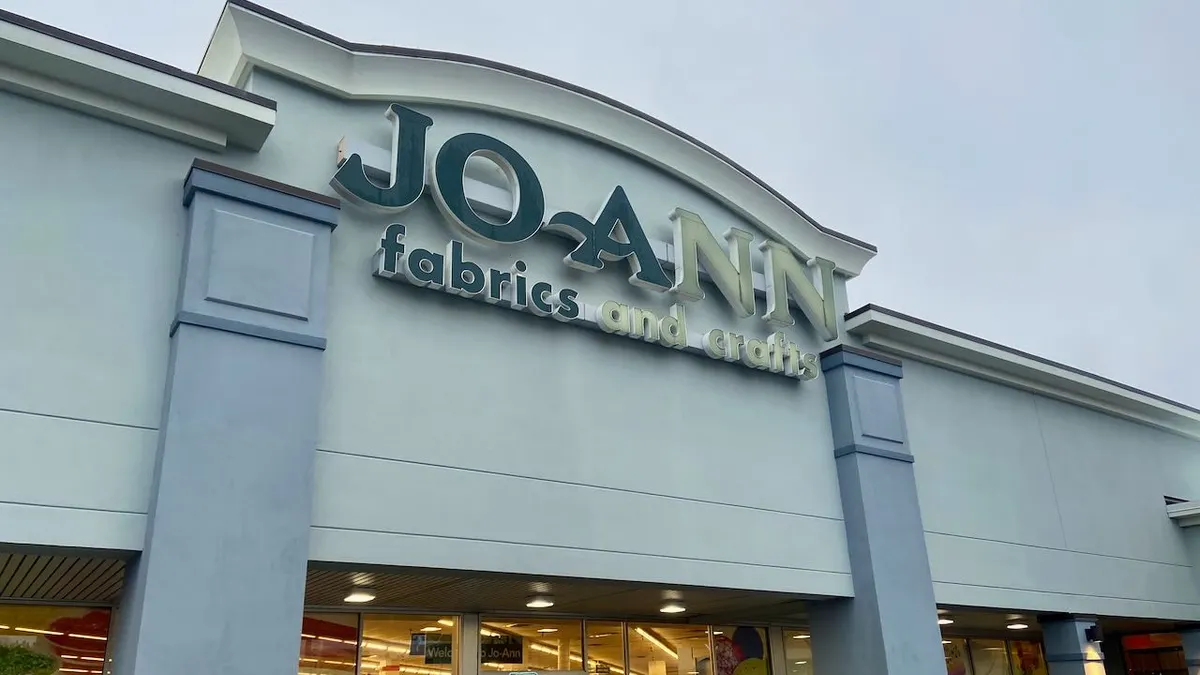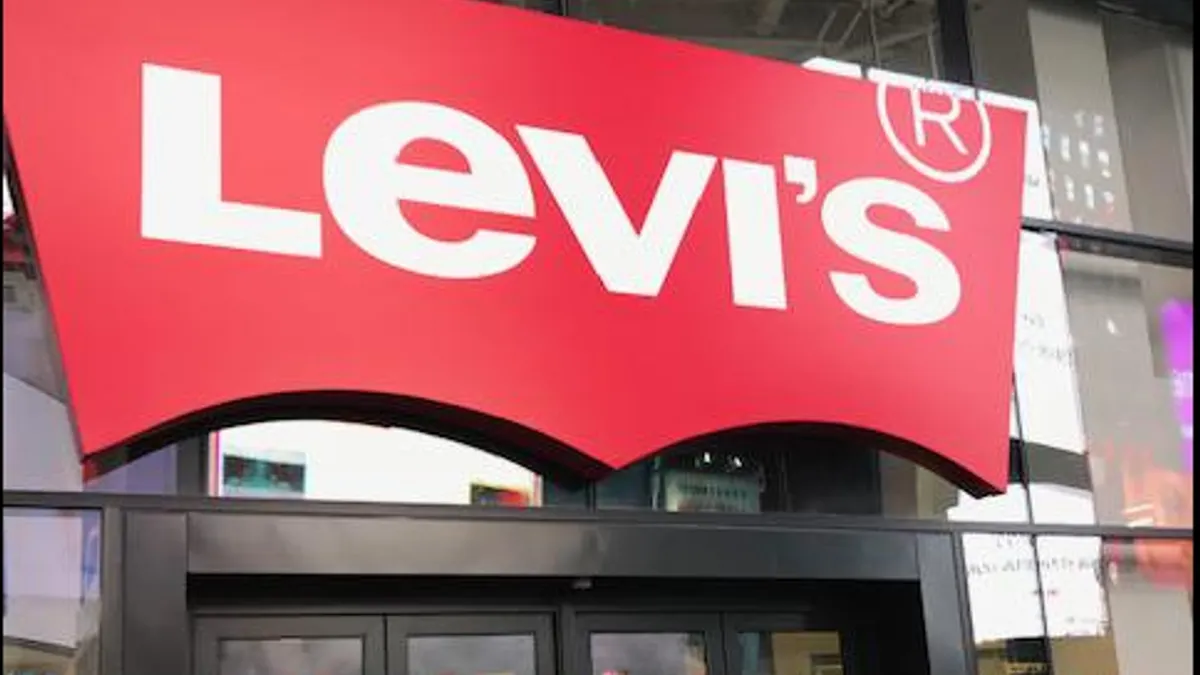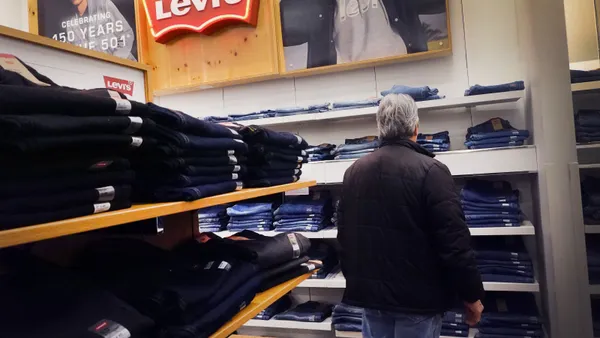The following is a contributed op-ed written by Andrew Stevens, a senior director analyst in Gartner's supply chain practice. Opinions are the author's own.
The coronavirus pandemic has put supply chains around the world under pressure. Even when airports close and suppliers struggle, clients and consumers still expect to get their goods delivered. And while supply chain leaders were busy securing their networks, an additional challenge has grown in the dark: counterfeiters have leveraged an ever-present feeling of fear and uncertainty to flood the market with counterfeit products and misinformation. Their goal: Take advantage of demand and panic buying.
Why should supply chain leaders care about this? At the surface, fake and counterfeit products may not be front of mind, yet, in a climate of fear and uncertainty, they can have far-reaching consequences. Fakes undermine consumer welfare and trust, impact respected brands and can delay critical fulfillment and services.
Healthcare is just the tip of the iceberg
It is dangerous to assume that only healthcare products and related consumables are impacted by fakes and/or counterfeiting as a result of COVID-19. The pandemic is causing people to shop online more often, according to a survey conducted by Red Points. Sixty-eight percent of U.S. shoppers polled were concerned there will be more inauthentic or poor-quality products online — rightly so.
The survey further reports a spike in demand for cosmetics and personal care, food and beverage, household goods, baby products, and clothing as the top five categories. Those are the products that will be the most profitable for counterfeiters. Sometimes — as witnessed in the case of COVID-19 test kits — the fakes enter the market even quicker than the real product. Even prior to COVID-19, within the U.S., Customs and Border Protection reported that counterfeit products now cost the cosmetics industry more than $75 million annually, with personal care products topping the list for health and safety hazard seizures at 34%.
What to do
With this big shift away from traditional retail to an increased reliance on online shopping, supply chains must adopt a new process in their planning and response to alerts for fake and counterfeit products. Immediate, decisive actions across the supply chain coupled alongside strategic elimination and prediction measures will determine the longer-standing reputation of businesses, as well as broader market, peer and brand image. There are three actions that organizations should implement immediately if they haven’t yet done so.
Communicate
This might sound too easy to be true, but transparent communication really is one of the most effective ways to counter fakes and counterfeits, especially in the digital space. Organizations can point their customers towards reliable sources and educate them on how to recognize trustworthy products and sites. The easiest way is to set up a website and provide information on what to look for with regards to authenticity when purchasing a product. Intranets and work homepages should adopt similar measures for workers and key supply chain partners.
Monitor
If you sell a product that is likely to be faked, it also makes sense to create a multidisciplinary team that continuously monitors and interprets threats posed by counterfeits. The team should include experts for brand and image protection, but also specialists from core supply chain functions such as procurement and leaders working across sustainability and traceability engagements.
Quality and risk management specialists can contribute valuable insights as well. Such a counterfeit taskforce is well equipped to take on the most significant counterfeit activities and work on bringing it to the attention of platform providers and authorities.
Collaborate
Speaking of platform providers, in this time of increased online shopping, it’s crucial to forge close collaboration with key players in the market to tackle the counterfeit challenge. Those ties can accelerate response times to events as they occur — speeding reporting and removal of fake products, and helping to prevent damage to consumer trust and your organization’s reputation.
Equally important is the relationship to the relevant authorities and peers that might experience similar challenges. A good approach is to collaborate via industry associations to focus on the problems of counterfeiting and the collective actions that can be taken across product types. Associations can also help streamline authority relations and collect best practices.


